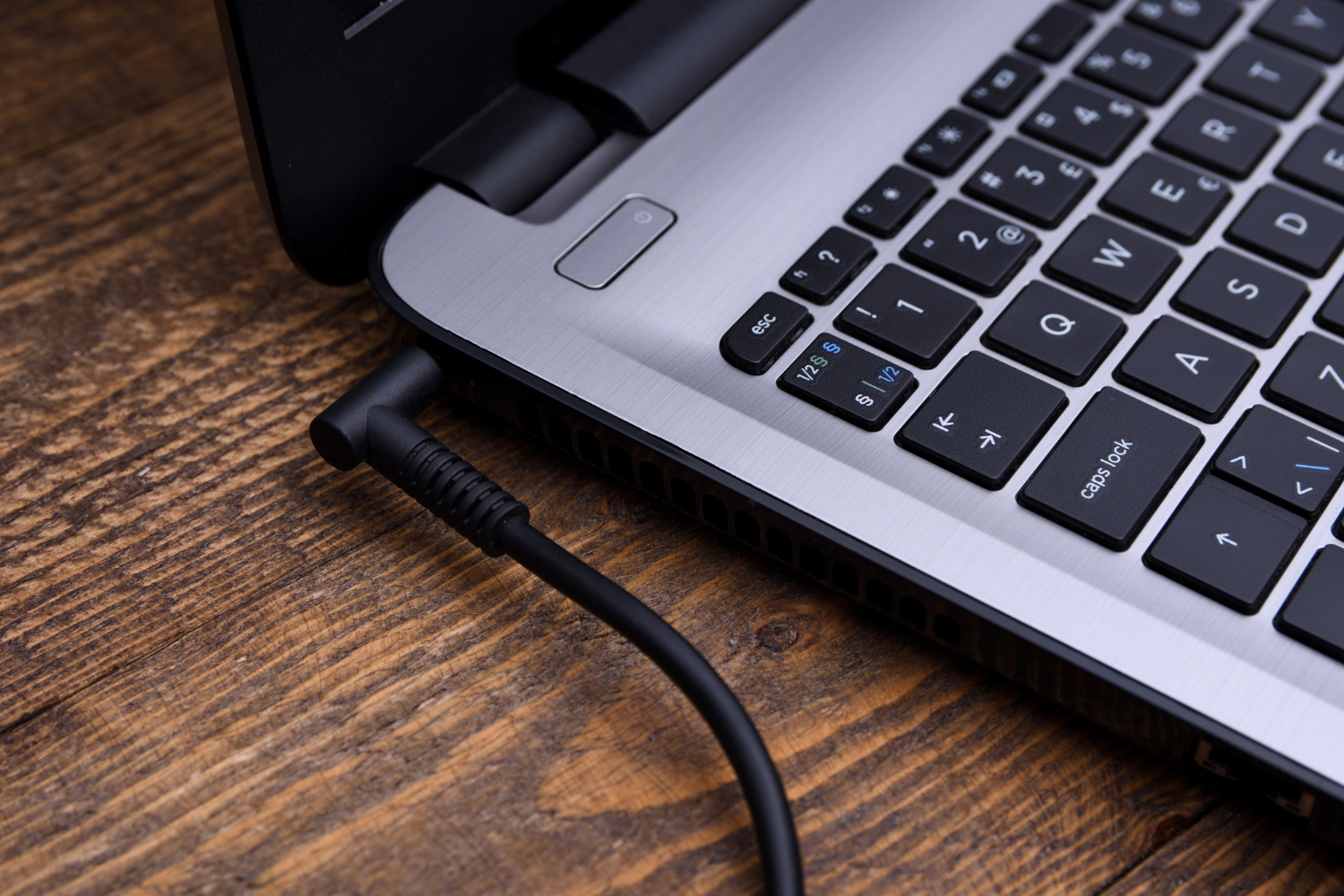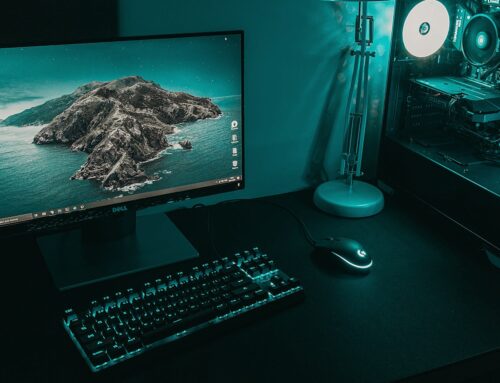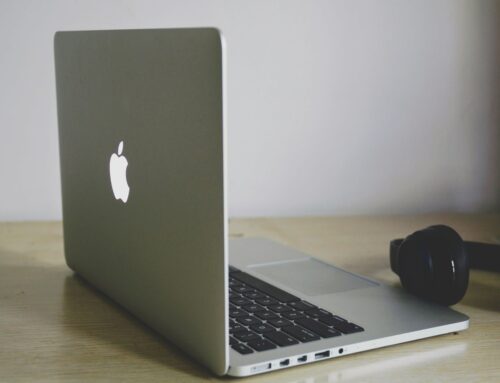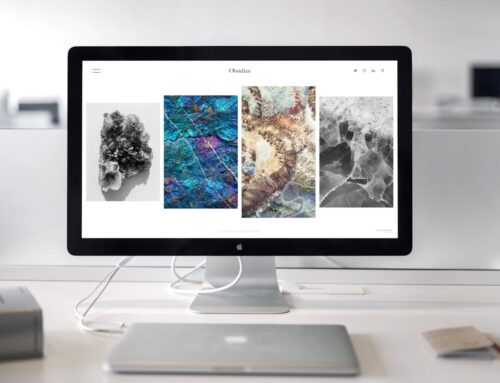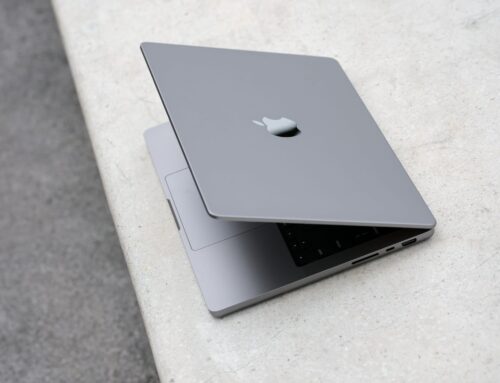A laptop that won’t charge can be frustrating, especially when you need it the most. The problem might seem complicated, but the solution is often simple. Understanding the common reasons why your laptop won’t charge can save you time and possibly money.
In this article, we’ll explore several easy fixes to try when your laptop won’t charge. From checking the power source and cables to inspecting the battery and updating drivers, each step is designed to troubleshoot common problems efficiently. By following these steps, you can get your laptop charging again and avoid unnecessary stress. Let’s dive into the solutions and get your laptop back to full power.
Check the Power Source and Cables
Before diving into complex fixes, start by checking the power source and cables. This is an essential first step in identifying why your laptop won’t charge.
1. Verify the Power Outlet: Ensure that the power outlet you’re using is working. Plug another device, like a lamp or phone charger, into the same outlet to see if it works. If the outlet is dead, try a different one.
2. Inspect the Power Brick: Sometimes the issue lies with the power adapter (also known as the power brick). Check for any visible damage like frayed cords or a burnt smell. A faulty power adapter can prevent your laptop from charging.
3. Examine the Cable Connection: Check that the power cable is securely connected to both the power brick and the laptop. Loose connections can interrupt the power supply. Additionally, ensure there are no kinks or bends in the cord that might obstruct power flow.
4. Try a Different Charger: If possible, use another compatible charger to see if your laptop charges. This helps determine if the problem is with the charger itself or the laptop.
By systematically checking these components, you can rule out external power issues and identify if the problem lies within the laptop.
Inspect the Battery and Charging Port
If your power source and cables are in good condition but your laptop still won’t charge, it might be time to look at the battery and charging port.
1. Check the Battery Health: Laptops often come with built-in diagnostics to check the battery’s health. Consult your laptop’s manual or settings to find and run this test. If the battery is deteriorating, it may not hold a charge.
2. Inspect the Charging Port: Dirt, dust, or debris can block the charging port, preventing the power from reaching the battery. Use a small brush or compressed air to gently clean the port. Avoid using metal objects that can cause damage.
3. Remove and Reinsert the Battery: If your laptop has a removable battery, power down the laptop, remove the battery, and inspect it for any signs of damage. Reinsert the battery, ensuring it clicks into place properly, before turning the laptop back on.
4. Test with Another Battery: If you have access to another compatible battery, swap it with your current one. This can help determine if the battery itself is the problem.
By inspecting the battery and charging port, you can uncover underlying issues that might be stopping your laptop from charging. If you find any signs of damage, you might need a replacement battery or further professional assistance.
Update or Reinstall Battery Drivers
Sometimes, a laptop won’t charge because of corrupted or outdated battery drivers. These drivers help your laptop recognise and communicate with the battery. Updating or reinstalling the drivers could fix the issue.
1. Access Device Manager: Click on the Start menu, type “Device Manager,” and open it. This tool allows you to manage the hardware devices of your laptop.
2. Find Battery Drivers: In the Device Manager window, expand the “Batteries” category. You’ll see a list of battery-related entries, including “Microsoft AC Adapter” and “Microsoft ACPI-Compliant Control Method Battery.”
3. Update Battery Drivers: Right-click each entry and select “Update driver.” Follow the prompts to search and install the latest driver software. If the drivers are up-to-date, proceed to the next step.
4. Reinstall Battery Drivers: Right-click each entry again and choose “Uninstall device.” Confirm the uninstall process and restart your laptop. Windows will automatically reinstall the drivers upon reboot.
5. Check for Improvements: Once the drivers are updated or reinstalled, plug in your charger and check if the laptop starts charging. This step ensures that corrupt or outdated drivers aren’t causing the problem.
Updating or reinstalling battery drivers is an effective way to address software-related charging issues. If this doesn’t work, you may need to explore other solutions.
Perform a Power Reset
Performing a power reset can resolve charging issues caused by a malfunctioning system. This process discharges residual power and resets the laptop’s hardware.
1. Shut Down the Laptop: Ensure your laptop is completely powered off. Unplug the charger from both the laptop and the power outlet.
2. Remove the Battery: If your laptop has a removable battery, take it out carefully. For laptops with non-removable batteries, skip this step.
3. Press the Power Button: Hold the power button for 15-30 seconds. This discharges any residual electricity from the laptop’s capacitors.
4. Reinsert the Battery: If you removed the battery, place it back into the laptop. Ensure it clicks into place securely.
5. Plug in the Charger: Connect the charger to the laptop and the power outlet. Turn on the laptop and check if it starts charging.
A power reset can often solve stubborn charging issues by resetting the internal components of your laptop. This simple step can make a significant difference.
Conclusion
Charging issues can be a real hassle when you’re reliant on your laptop for daily tasks. By taking the time to check the power source and cables, inspect the battery and charging port, update or reinstall battery drivers, and perform a power reset, you can troubleshoot and often resolve these problems yourself. Each of these steps addresses common issues that might be preventing your laptop from charging, helping you get back to work or play without unnecessary interruptions.
If you’ve tried these steps and your laptop still won’t charge, it might be time for professional help. At Forest City Computer Repairs, we specialise in diagnosing and repairing laptop issues efficiently. Don’t let a pesky charging problem derail your productivity. Contact Forest City Computer Repairs today for laptop computer repairs in London and get your laptop back in operation swiftly!


